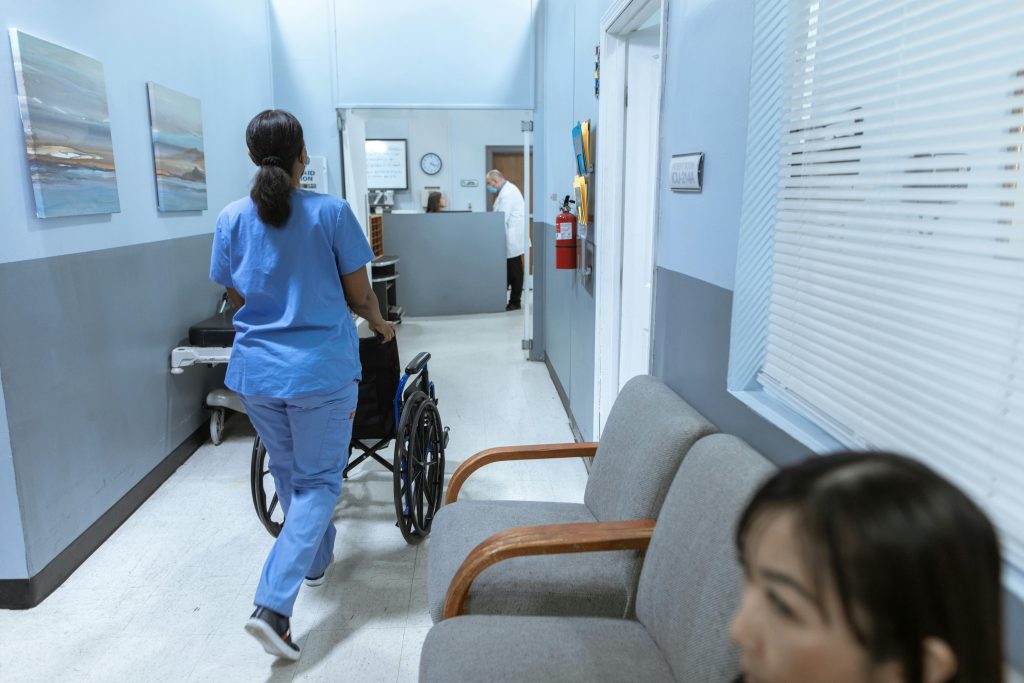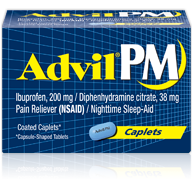The Benefits of Walk-In Medical Clinics for Immediate Care
Contents
The Growing Popularity of Walk-In Clinics
Walk-in clinics are changing healthcare by offering immediate help for sudden illnesses and minor injuries. These clinics provide solutions outside traditional weekday hours for time-crunched families and busy professionals. With services like weekend urgent care, patients can skip long waits and avoid missed work or school. Across the country, millions turn to walk-in centers for their speed, reliability, and reassurance that care is just around the corner when unexpected health issues arise.
What Sets Walk-In Medical Clinics Apart?
Unlike primary care offices, walk-in clinics are designed for flexibility. You don’t need an appointment, and many are open evenings and weekends to accommodate busy schedules. Equipped to treat everything from fevers and rashes to sprains and minor cuts, these clinics offer rapid diagnosis and treatment—often all under one roof. Parents appreciate the convenience when a child spikes a fever on a Saturday, and athletes get quick relief from strains or bruises without waiting until Monday.
Technology and Patient Experience
Technology is streamlining the walk-in experience. Patients can complete online forms, check wait times, and sometimes connect via telemedicine before visiting in person. Aftercare, digital records, and portals make test results, prescriptions, and instructions easy to access and share. For minor issues, remote consultations may save a trip altogether, freeing up clinic space and cutting unnecessary travel costs.
Reducing Emergency Room Visits and Healthcare Costs
Walk-in clinics are critical in keeping emergency rooms available for serious cases. By managing non-emergencies—like minor infections, colds, or small injuries—these clinics reduce overcrowding and lower healthcare expenditures. According to a recent news story, thousands of ER visits each week could be avoided by using urgent or walk-in care, saving patients and insurers substantial amounts of money.
Choosing a walk-in center for individuals with high-deductible health plans for problems like urinary tract infections or sprains can mean significant savings and faster relief.
Expanded Services for Today’s Needs
Walk-in clinics have broadened their offerings to include preventive wellness care, like flu shots, physicals, and screenings alongside urgent care. Many features on-site labs and X-rays, further increasing convenience. The CDC confirms that more Americans seek care in these outpatient settings, increasing overall healthcare use and helping patients stay healthier year-round.
Getting the Right Care at the Right Time
Knowing where to turn can make all the difference. Walk-in clinics are ideal for fevers, sore throats, minor burns, rashes, and mild sprains. For emergencies—chest pain, severe injuries, or symptoms of stroke—a hospital ER is best. Many clinics actively educate patients to help them choose the right setting for their needs and reduce unnecessary ER trips.
The Future of Immediate Care
Walk-in clinics are set to play an even larger role in modern healthcare. Their mix of speed, convenience, and expanded offerings means more people can receive care quickly, affordably, and on their schedule. Utilizing services like weekend urgent care offers peace of mind and practical solutions for when health issues can’t wait, helping set the standard for immediate, high-quality care in today’s fast-paced world.





Great article on the growing role of walk-in clinics in healthcare ! For those seeking quick and affordable care, our services at iMagnum Healthcare ensure streamlined billing and coding for walk-in centers, helping you focus on providing fast and reliable care
For More Information Go through : complete Practice-analysis